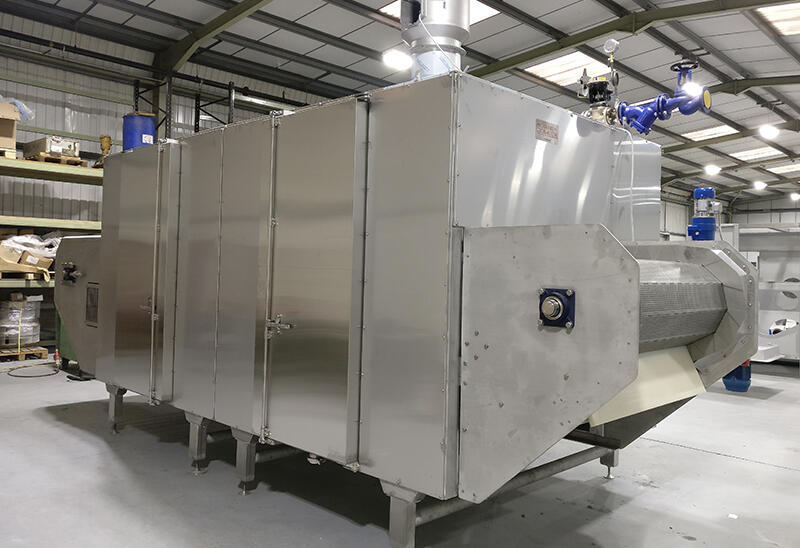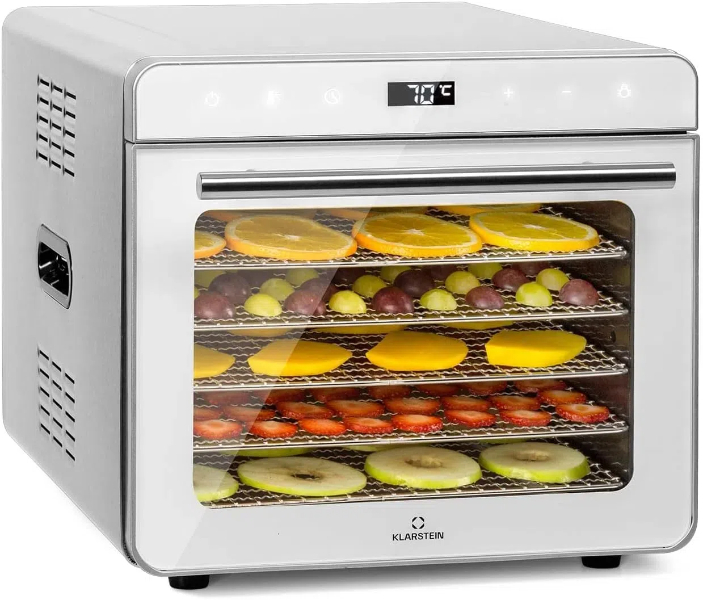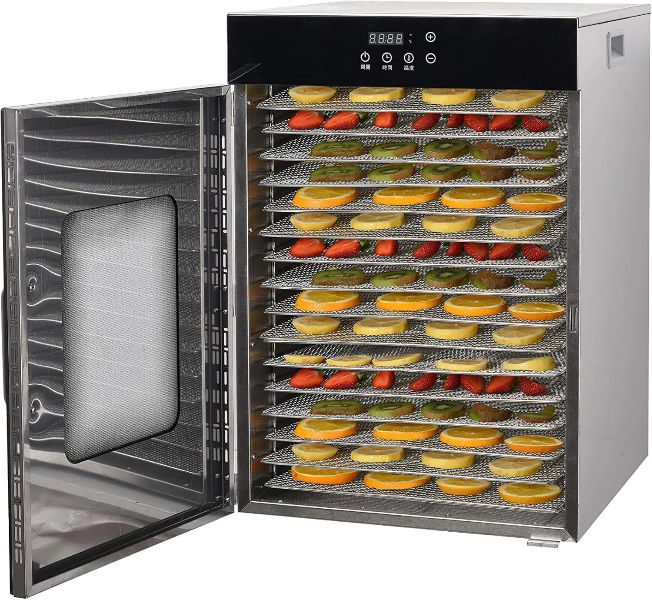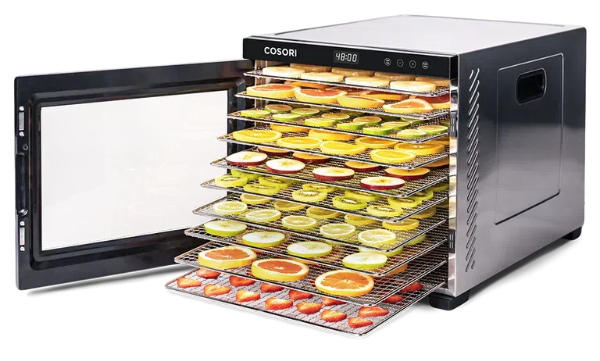
Content Menu
● Introduction
● Understanding Heat Pump Dryers
● The Food Drying Process
● Benefits of Heat Pump Dryers in Food Processing
● Innovations in Food Drying Technology
● Challenges and Considerations
● Conclusion
● Frequently Asked Questions
>> 1. What are the main advantages of heat pump dryers over traditional dryers?
>> 2. Can heat pump dryers be used for all types of food?
>> 3. How do heat pump dryers impact the environment?
>> 4. What maintenance is required for heat pump dryers?
>> 5. What is the future of heat pump technology in the food industry?
Introduction
Food drying is a crucial process in the food industry, aimed at preserving food by removing moisture, which inhibits microbial growth and spoilage. Among the various drying technologies available, heat pump dryers have emerged as a revolutionary solution, offering numerous advantages over traditional methods. This article explores the significance of heat pump dryers in food processing, their operational mechanisms, benefits, and the future of food drying technology.

Understanding Heat Pump Dryers
Heat pump dryers operate by using a refrigeration cycle to extract moisture from food products. Unlike conventional dryers that rely on high temperatures to evaporate moisture, heat pump dryers recycle heat, making them more energy-efficient. The process involves drawing in ambient air, heating it, and circulating it through the food. As the air absorbs moisture, it is cooled, and the moisture condenses, allowing for efficient drying without significant energy loss.
This schematic diagram illustrates the operation of a heat pump dryer, highlighting components such as the recycled hot air flow, water tank, heat pump, and condenser.
The Food Drying Process
The food drying process is essential for extending the shelf life of various products, including fruits, vegetables, and herbs. By removing moisture, the water activity is reduced, which helps in preventing spoilage. Heat pump dryers are particularly effective for delicate foods, as they operate at lower temperatures, preserving the nutritional quality and flavor of the products.
This image showcases a large stainless steel industrial food drying machine, emphasizing the scale and efficiency of modern drying technologies.
Benefits of Heat Pump Dryers in Food Processing
Heat pump dryers offer several benefits that make them an attractive option for food processors:
1. Energy Efficiency: Heat pump dryers consume significantly less energy compared to traditional drying methods, leading to lower operational costs.
2. Nutritional Preservation: The lower drying temperatures help retain the nutritional value and flavor of the food, making it more appealing to consumers.
3. Environmental Impact: By reducing energy consumption, heat pump dryers contribute to lower greenhouse gas emissions, aligning with sustainable practices in the food industry.

Innovations in Food Drying Technology
The food drying industry is witnessing rapid advancements, with heat pump technology at the forefront. Innovations such as automation and smart technology integration are enhancing the efficiency and effectiveness of drying processes. For instance, sensors can monitor moisture levels in real-time, allowing for precise control over the drying process.
This illustration highlights key technology trends in the food industry, showcasing the integration of modern solutions in food processing.
Challenges and Considerations
Despite their advantages, the adoption of heat pump dryers may present challenges. Initial investment costs can be higher than traditional dryers, and operators may require training to manage the technology effectively. Additionally, regular maintenance is crucial to ensure optimal performance and longevity of the equipment.
Conclusion
Heat pump dryers represent a significant advancement in food drying technology, offering energy efficiency, improved food quality, and environmental benefits. As the food industry continues to evolve, the integration of heat pump technology will play a vital role in meeting the growing demand for sustainable and high-quality food products.

Frequently Asked Questions
1. What are the main advantages of heat pump dryers over traditional dryers?
Heat pump dryers are more energy-efficient, preserve food quality better, and have lower operational costs.
2. Can heat pump dryers be used for all types of food?
While they are suitable for many foods, the drying process may vary based on the type of food being dried.
3. How do heat pump dryers impact the environment?
They reduce energy consumption and greenhouse gas emissions compared to conventional drying methods.
4. What maintenance is required for heat pump dryers?
Regular cleaning of filters and checking for any mechanical issues are essential for optimal performance.
5. What is the future of heat pump technology in the food industry?
The future looks promising with advancements in technology leading to more efficient and sustainable drying solutions.












